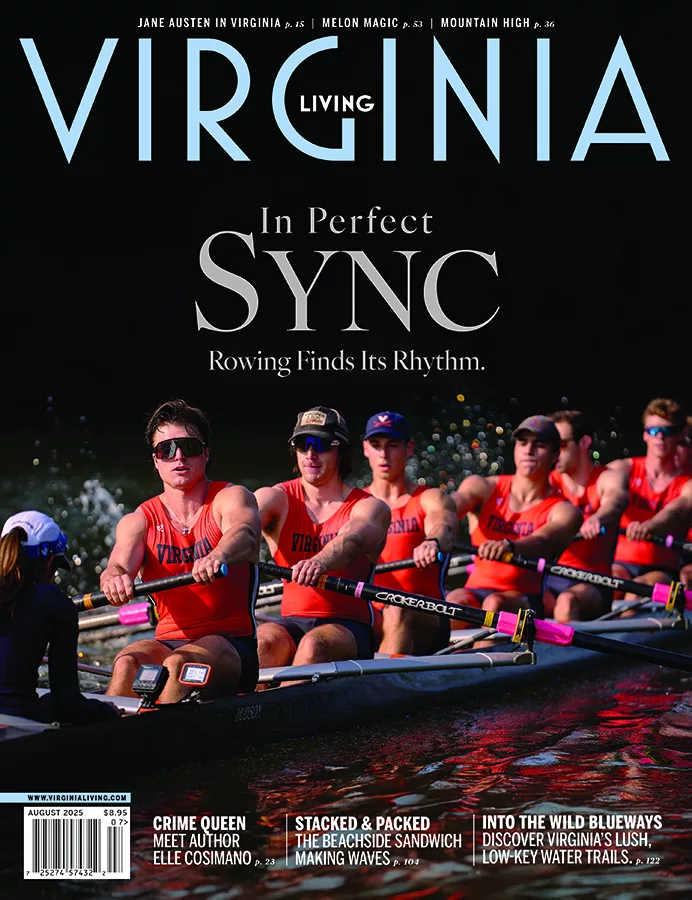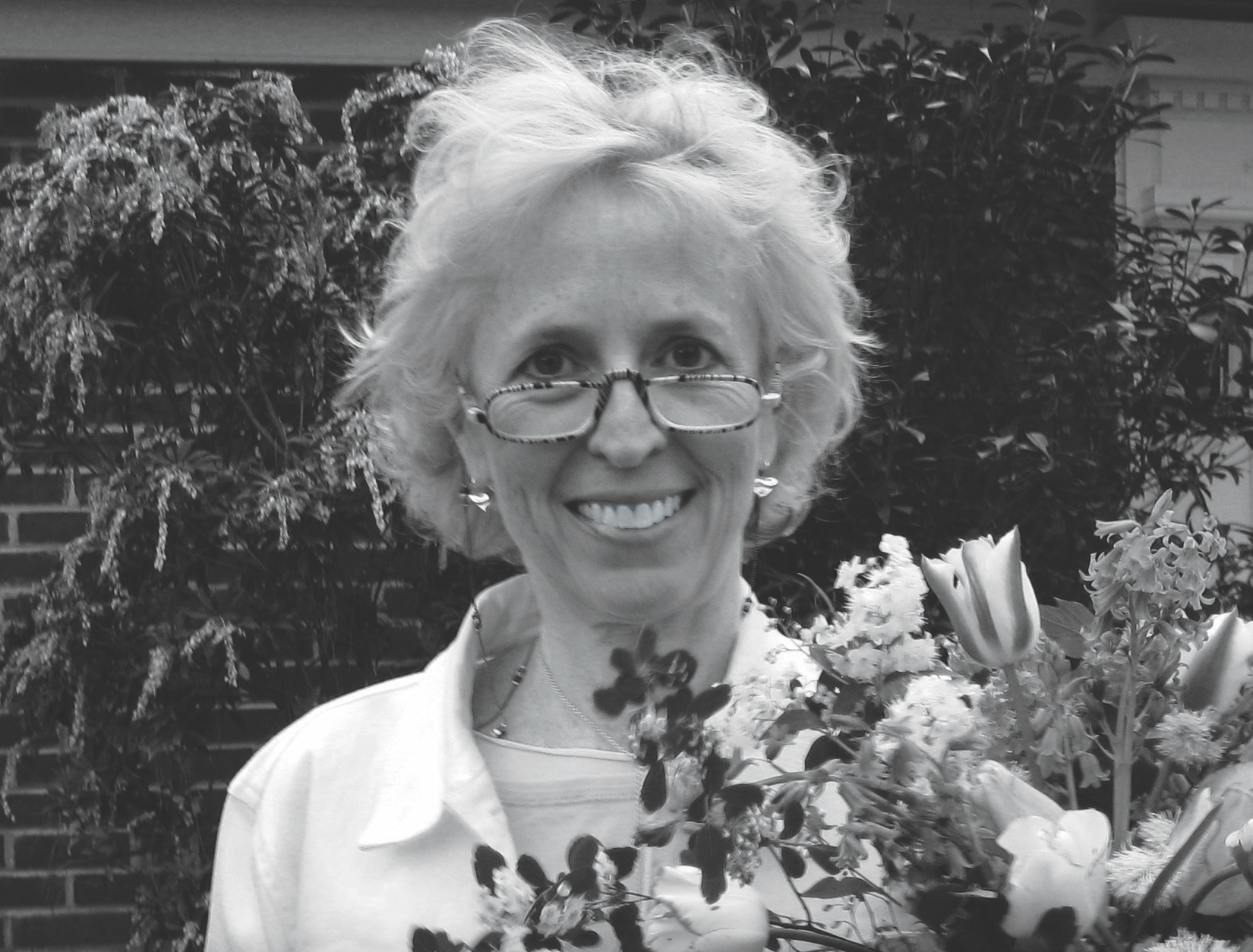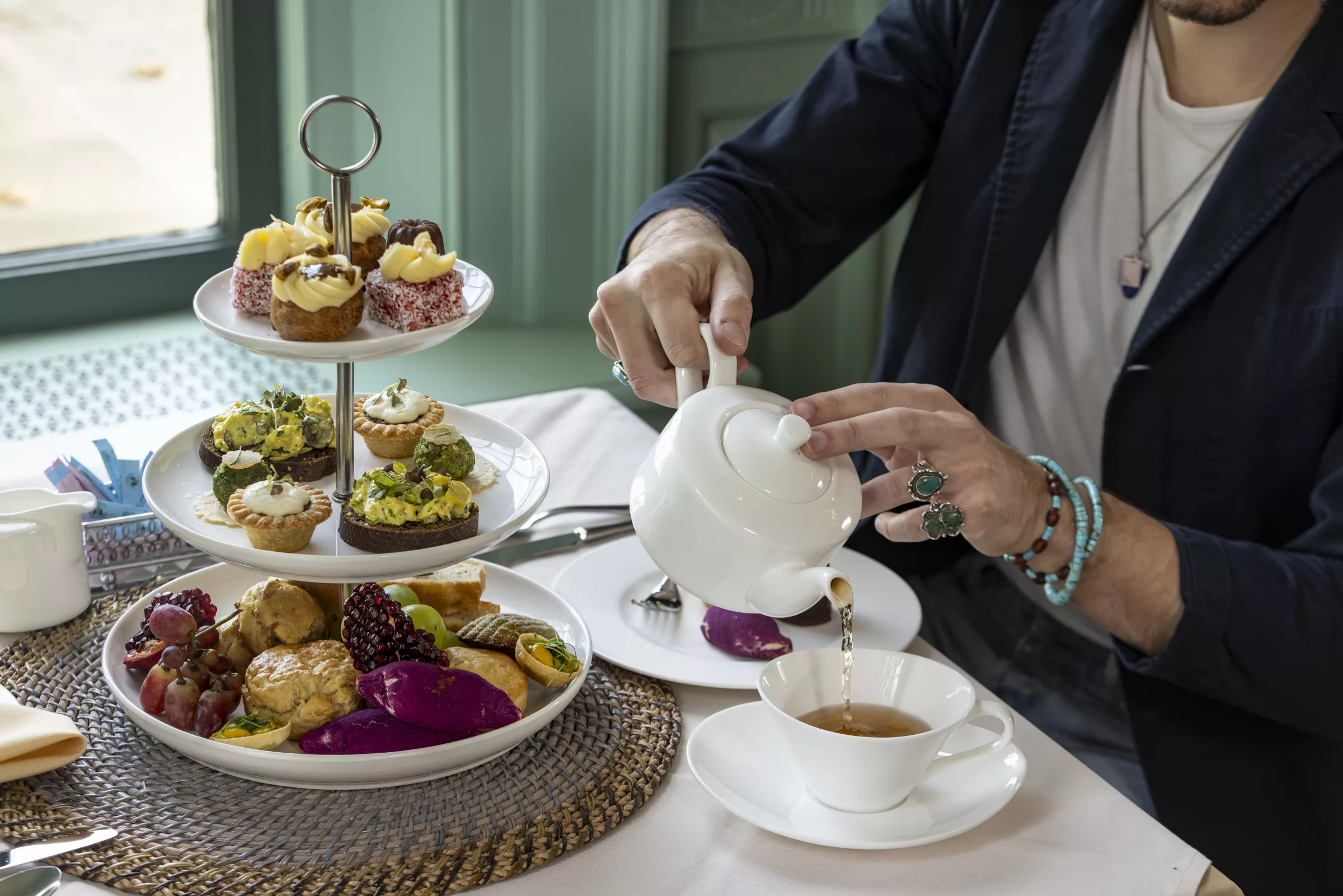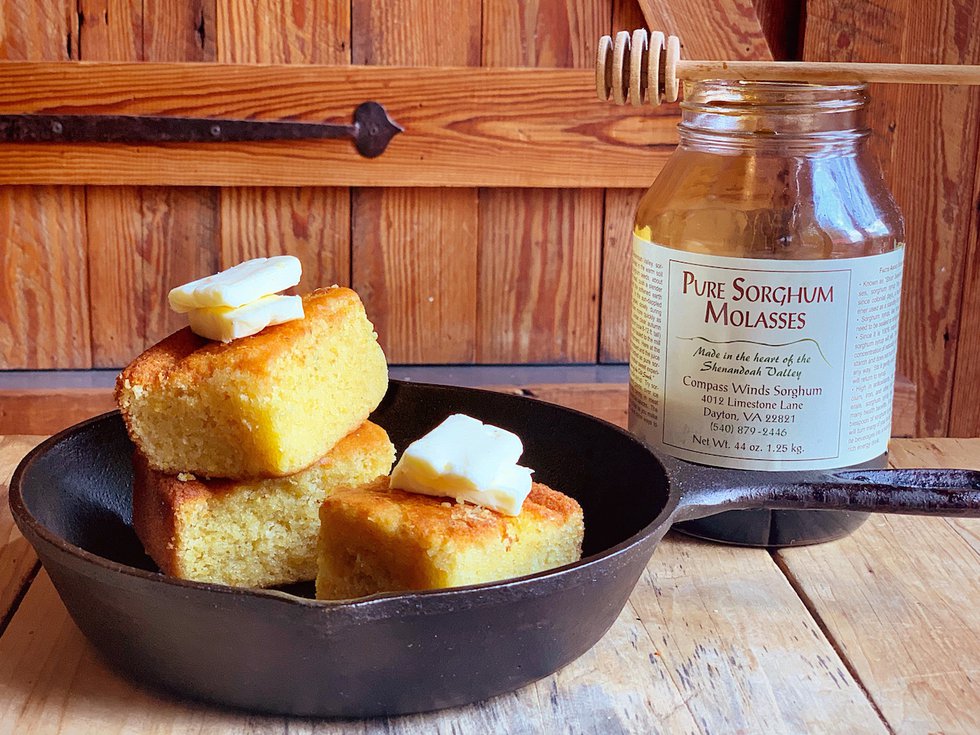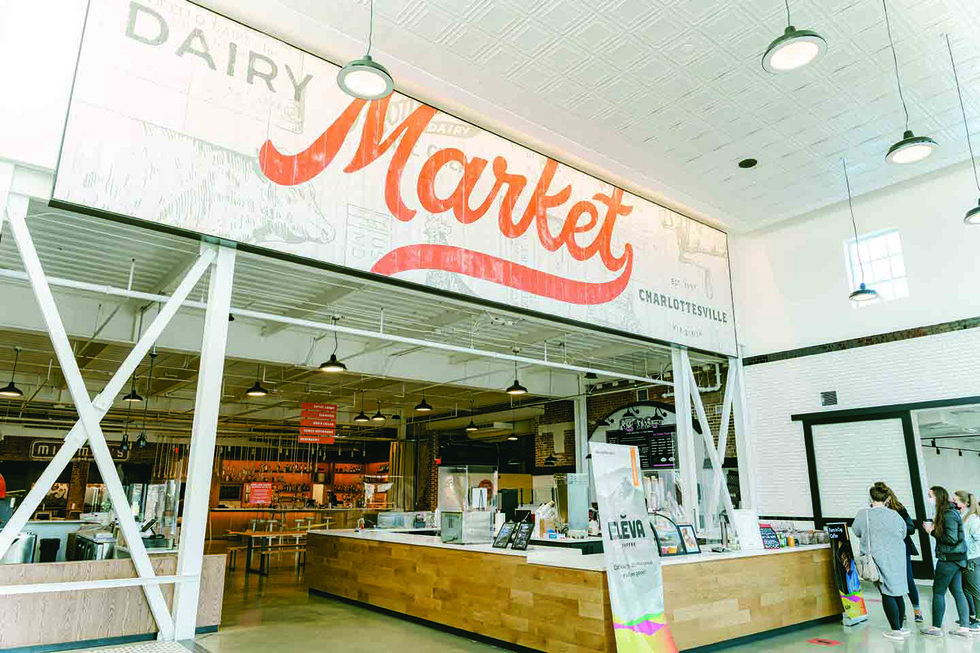I remember my first bite of brie cheese. I was about 8, on a trip abroad with my parents. The extent of my culinary world had been limited up till then—and cheese-wise, a good cheddar was my equivalent of exotic—but once I sunk my teeth into that creamy, luscious wedge, I was hooked. A bona fide turophile was born.
Since then, I’ve found cheese-centric experiences that wet my cheese-forward whistle: my husband and I drove the Wisconsin Cheese Trail, with me becoming unnaturally obsessed with cheese curds; I joined cheese pilgrimages in Paris and London; snuck a 4-kilo wheel of Parmesan Reggiano through customs; visited cheese farms worldwide—from Midwest states to obscure European villages; sampled, served, and cooked with cheeses of all kinds; and dropped in on the occasional cheese-making class. I’ve thought for some time that I was a cheese-maker in another life.
Turns out I am but a bumbling amateur.

On a trip to The Inn at Little Washington, I met Cameron Smith, the inn’s maître du fromage, affectionately known as Cheese Whiz. If you could get a Ph.D. in cheese, he’d have one. He’s only one of a handful of CCPs (certified cheese professionals) through the American Cheese Society and one of the world’s most serious students of cheese. Except when he’s cracking cheesy jokes and puns—which is often.
Smith’s partner in crime is Faira, a portly, 3-foot-tall brown and white cow on wheels from which he serves the most out-of-this-world cheeses for guests to sample and savor. Smith and Faira—pronounced like the Charlie’s Angel Farrah—make the most charming couple, tootling about The Inn during dinner hour, stopping by tables where guests, who’ve ordered the $32 cheese course, say it’s the best part of the night.
Dining at The Inn at Little Washington is like living theater, although the cheese course has more humble beginnings. It all started with a ho-hum cheese cart Chef Patrick O’Connell thought needed a pick-me-up. During the early days (The Inn opened in 1978), O’Connell knew the extent of what Americans understood about cheese meant Velveeta and Kraft Singles; artisanal cheese hadn’t yet made its way across the pond.
Known the world over for having hospitality’s Midas touch, O’Connell’s first idea was to incorporate a goat into the cheese experience, but instead his search led him to a cow-making crafter, who created life-sized bovines. She obliged Chef’s request to make a smaller version, and voilá—Faira was born, named after a Jersey cow at the Iowa State Fair. “The idea was to make it a fun experience, to make our guests chuckle a little bit,” Smith says. “Guests get exposed to the cheeses with a little humor thrown in. It makes it seem less intimidating.”

While Faira is O’Connell’s vision, it’s Smith who minds her day to day, choosing the cheeses, how they’ll be displayed, and with what. “The cheese cart has sort of a formula to it,” Smith says. “There will always be a few goat’s milk cheeses, a few sheep’s milk cheeses, a few blues, some hard cow’s milk cheeses, a few bloomy-rind cheeses, and a few-washed rind cheeses.” Accompaniments might include an Ethiopian honey or
a 100-day sous vide beet, in addition to jams, marmalades, crackers, and breads. Nothing is static; things change up every single night.
I ask Smith about seasons, and about animal species and breeds, feeds, and what sorts of roles they play in making cheese. “They’re all vital,” he says, explaining that alpine cheeses are known for the
terpenes (aromatic compounds) found in the flowers that the cows eat, which are scientifically identified in the milk that they produce. “This plays a big part in the complexity of the flavor of the cheese,” Smith continues. “Some might be available for only a specific time of the year; others are a limited production batch.”
Vacherin Mont d’Or, for example, comes from cows who graze in the mountain pastures of Switzerland. For much of the year, their milk is used to make Gruyère, but in the fall and winter months, they spend their days munching straw and fodder, which produces exceptionally rich and fatty milk
that’s used to make Vacherin Mont d’Or. The cheese is wrapped in a spruce band to maintain its shape, and when it’s baked, the creamy interior turns into the creamiest hug for your tastebuds.
Faira’s success and the cheeses Smith selects depend on the palate and receptivity of diners. Does he ever serve duds? The short answer: Yes. If a certain cheese is a big hit with guests, he’ll keep that momentum going. “But, if I notice that a cheese isn’t being very well received by the majority of our guests, then I’ll put the brakes on that one.” Having different options is important, Smith tells me. “I always keep in mind that there should be a little something there for all types of cheese lovers and that not everyone likes the same thing,” he says.
Variety is the spice of life, so said English poet Williams Cowper, and it’s no surprise that it applies to the cheese course at the Inn at Little Washington.

Afternoon tea at the inn, styled after the British tradition of high tea, includes a delectable selection of sweet and savory bites. The impressive menu of teas includes Patrick’s Blend that combines green and black teas. Tea tins are also available at The Inn’s Tavern Shops and online at Shop.TheInnAtLittleWashington.com

Cameron Smith’s sommelier role has expanded into tea and water. Here, he prepares for the Inn’s Gong Fu Cha tea service, where interested guests learn about the culture of Chinese tea, its history, and complex rituals by special request.
The Inn at Little Washington has pioneered the last frontier of gourmet gastronomy with their groundbreaking Water Menu. Detailed explanations of each of the 13 waters are included—from origin stories, to pH levels, salinity, and complexity, and prices range from $8-$95 per bottle. Click here for a peek at their extensive menu.
This article originally appeared in the February 2025 issue.
